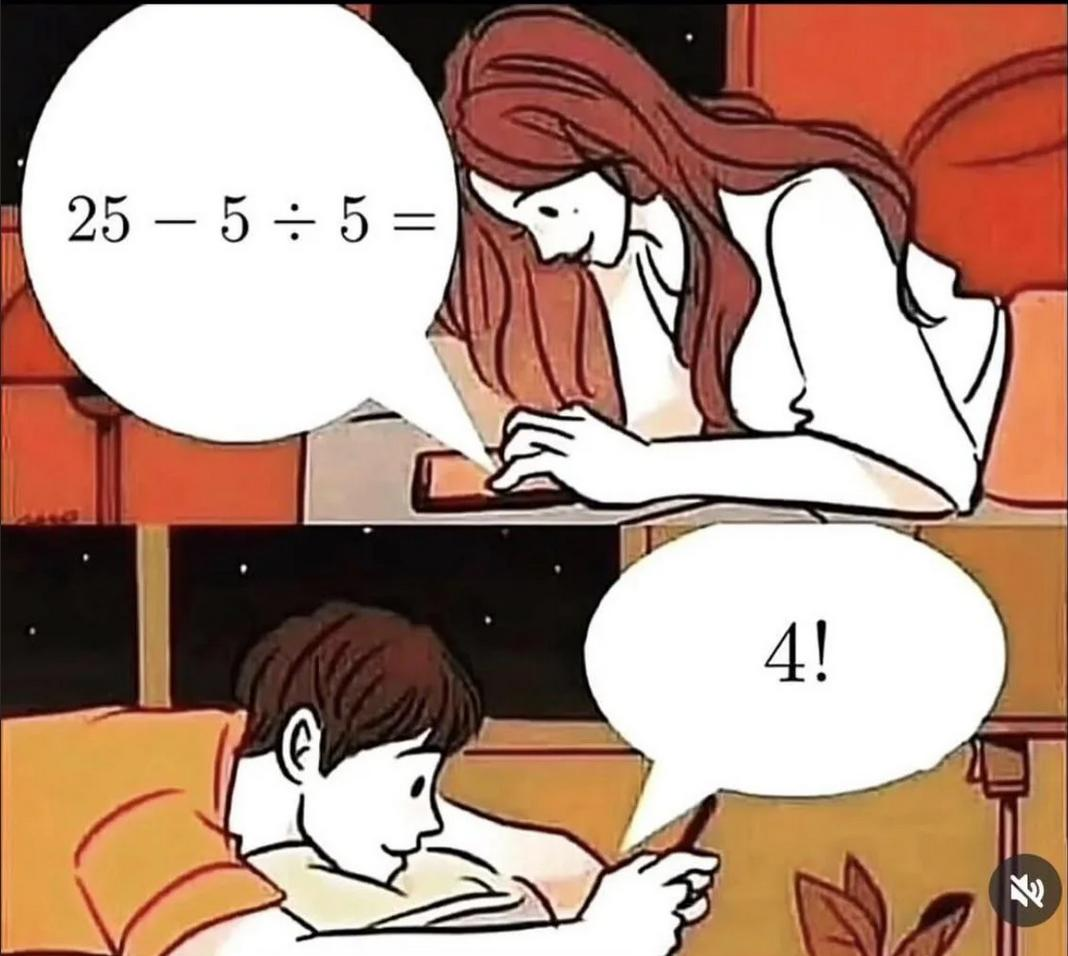this post was submitted on 19 Jun 2025
804 points (97.2% liked)
Math Memes
2490 readers
30 users here now
Memes related to mathematics.
Rules:
1: Memes must be related to mathematics in some way.
2: No bigotry of any kind.
founded 2 years ago
MODERATORS
you are viewing a single comment's thread
view the rest of the comments
view the rest of the comments

The fuck is a "factorial"? They didn't teach me that one in high school math and I couldn't afford college.
Factorial means n! = (n)(n-1)(n-2)... etc. down to 1, where n is a positive integer. It's used to calculate the different number of configurations of a set of elements, mainly in combinatorics.
Like if you have four different objects and you want to know how many different configurations you can order them in, you have four choices for the first object, then three for the second, then two for the third, then one for the final slot. So the answer is 4 x 3 x 2 x 1 = 24 = 4!.
What's the point of factorials?
There are lots of applications, so I’ll give you three
Factorials are used in the Taylor Series to approximate trigonometric (sine, cosine, etc) and the exponential function. This can help speed up calculations.
In probability and statistics, if you want to find how many different ways a deck of cards can be shuffled, the answer is 52! Because the first card can be any of the 52, the second can be any of the remaining 51, and so on until the last card. Building upon this concept results in ways to model data like the binomial distribution , which is simply “how many successes will i get if i do this trial a certain number of times”. E.g. If I flip a coin 100 times, how many times will it be heads?
In computer science, the complexity of a program is compared to functions like the factorial, exponential, quadratic, etc. to visualize it’s performance given the size of the input, n. E.g. a program of linear time complexity is denoted as O(n), and as n increases, we expect the time for the program to finish to increase linearly. For a factorial time complexity, O(n!), we expect the time to complete to increase a lot compared to O(n)